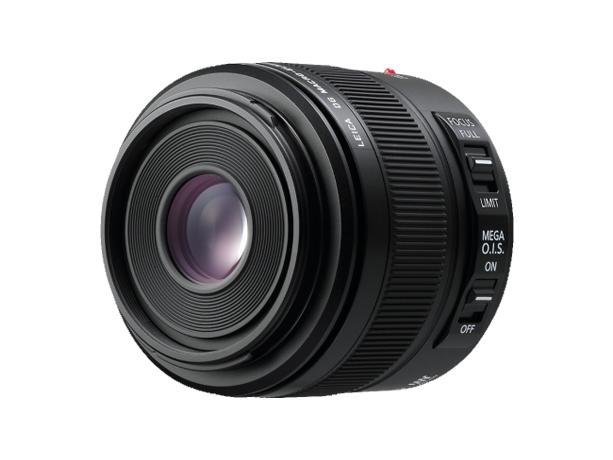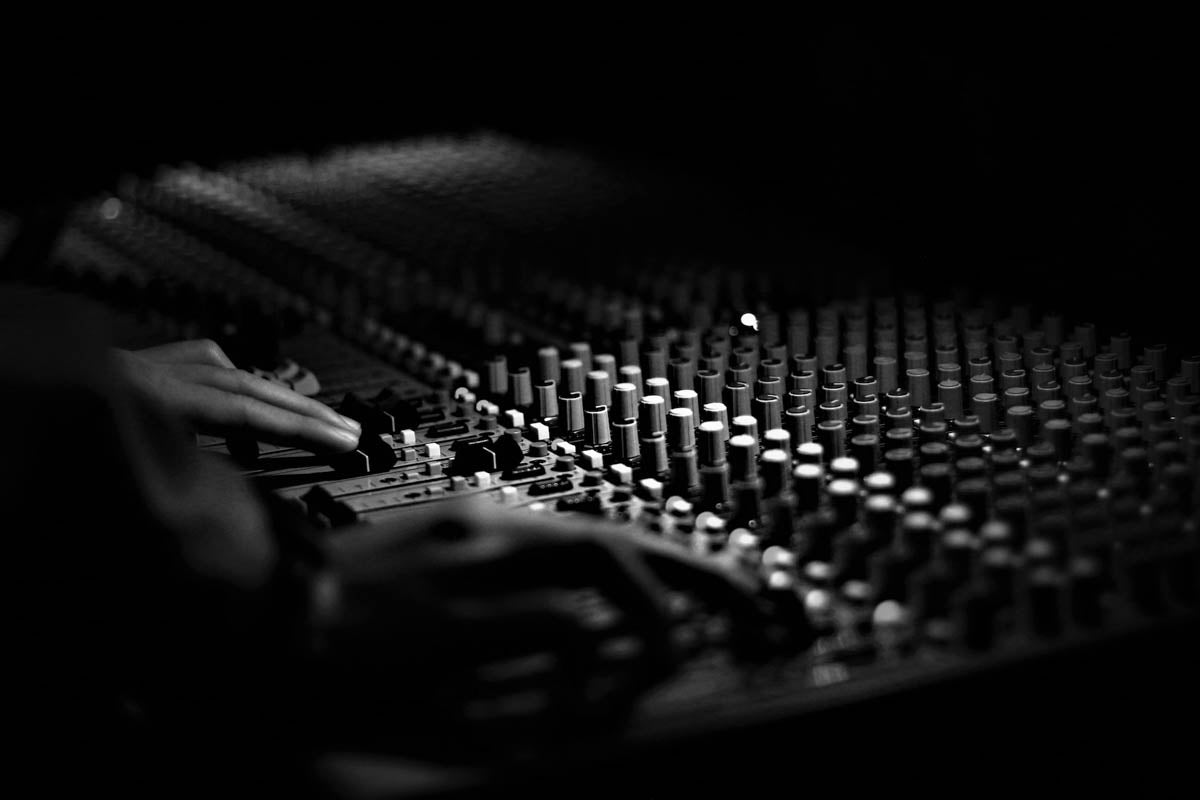Product Description
Panasonic 45mm F2.8 Leica DG Macro ASPH. Lens
The Panasonic Leica DG Macro-Elmarit 45mm F2.8 ASPH. MEGA O.I.S. Lens is a versatile, high-performance macro lens designed for Micro Four Thirds cameras. This compact and lightweight lens combines Leica's renowned optical quality with Panasonic's advanced technologies to deliver outstanding image clarity, sharpness, and detail. Ideal for close-up macro photography, portraits, and landscapes, this lens offers a 90mm equivalent focal length and features a life-size 1:1 magnification for true-to-life macro shots.

Key Features:
- 90mm equivalent focal length: Perfect for macro photography, portraits, and middle-range snapshots.
- Life-size 1:1 magnification: Capture stunning macro shots with intricate detail and clarity.
- MEGA Optical Image Stabiliser (O.I.S.): Reduces blur caused by hand-shake, ensuring sharp images in low-light situations.
- Aspherical and ED lens elements: Minimise distortion and chromatic aberration for superior image quality.
- Smooth, silent autofocus: Stepping motor provides fast, quiet focusing for both photography and video.
- Rounded 7-blade diaphragm: Creates pleasing, smooth bokeh for enhanced image aesthetics.

Outstanding Macro Photography
With a life-size 1:1 magnification ratio and a minimum focusing distance of just 15cm, the Panasonic Leica DG 45mm F2.8 lens is perfect for capturing intricate macro shots of small subjects such as flowers, insects, and textures. The lens delivers exceptional detail and clarity, making it a go-to choice for photographers seeking precision in their macro work.

Advanced Optical Performance
The lens system features 14 elements in 10 groups, including aspherical and ED (Extra-low Dispersion) lenses, which work together to reduce distortion and chromatic aberration. This ensures sharpness and high contrast across the entire frame, while maintaining a compact, lightweight design that’s easy to carry.

MEGA O.I.S. for Stability
The built-in MEGA Optical Image Stabiliser (O.I.S.) helps to compensate for camera shake, especially when shooting handheld in low-light conditions or at slower shutter speeds. This feature ensures your macro shots are sharp and detailed, even without a tripod.

Smooth and Silent Autofocus
Equipped with a stepping motor and an inner focus direct-drive linear motor, the lens offers fast, smooth, and silent autofocus, making it ideal for both still photography and video recording. The lens also features a focus distance switch that lets you toggle between 15cm and 50cm focus distances for added convenience.

Versatile for Portraits and Landscapes
In addition to being an excellent macro lens, the Panasonic 45mm F2.8 also excels at portrait photography, middle-range snapshots, and landscape photography. The lens’s rounded 7-blade diaphragm creates beautiful bokeh, adding a smooth, out-of-focus background to highlight your subject.

Capture stunning macro shots, portraits, and landscapes with the Panasonic Leica DG Macro-Elmarit 45mm F2.8 ASPH. MEGA O.I.S. Lens—a versatile and high-performance lens designed for both photography and videography.
For full specifications click Here
Payment & Security
Your payment information is processed securely. We do not store credit card details nor have access to your credit card information.



















